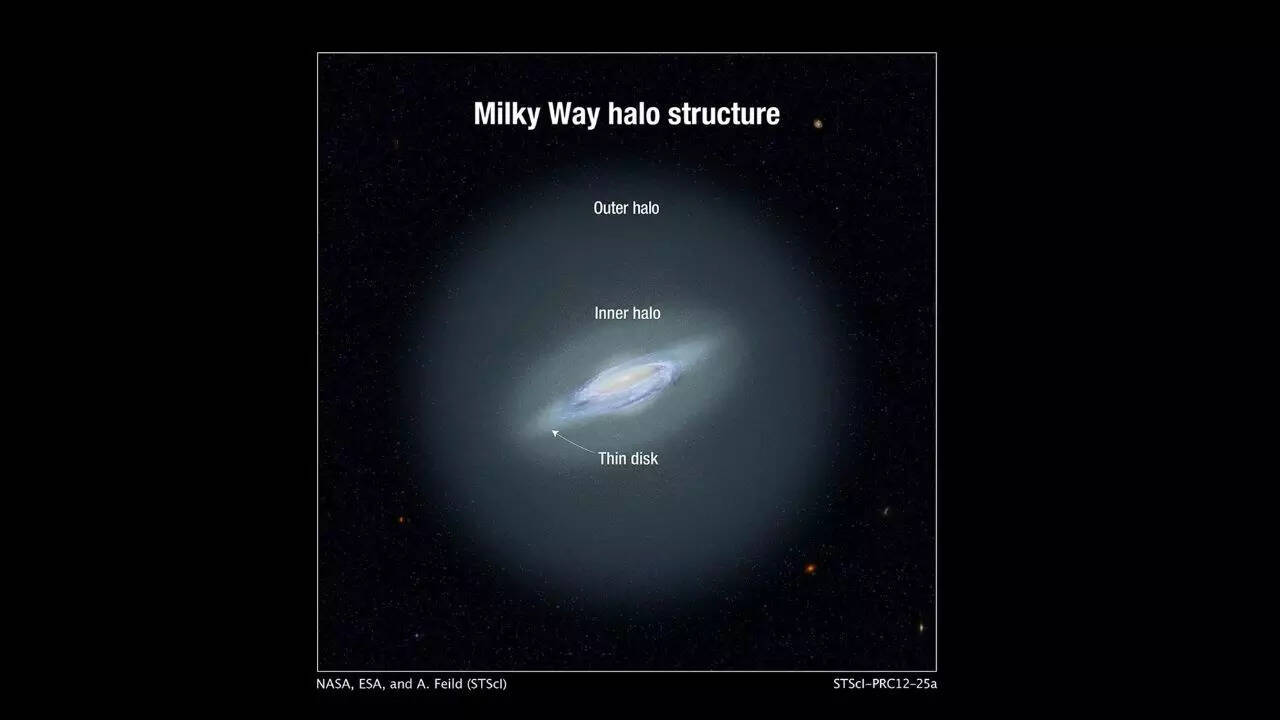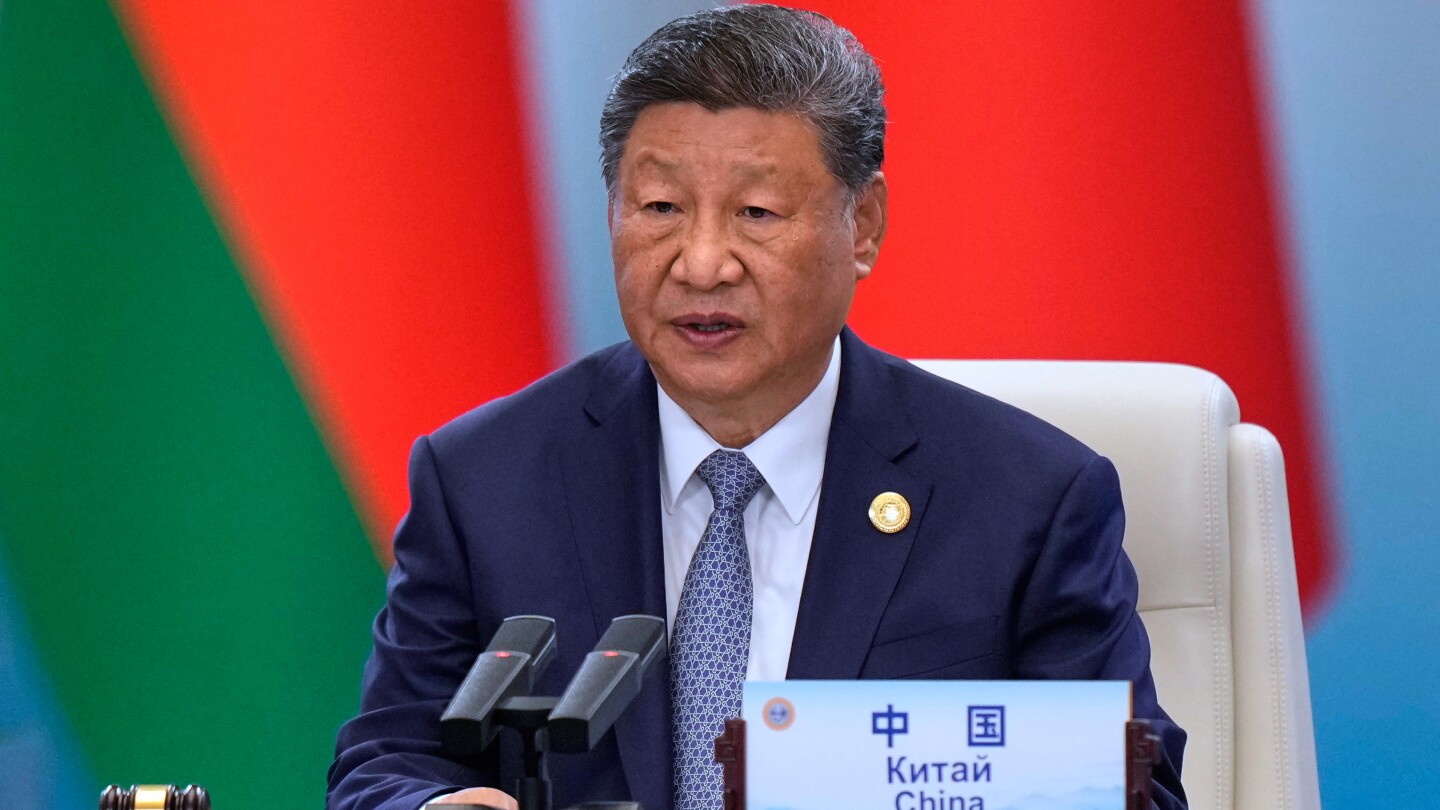LONDON – Alexander Isak vowed to make history with Premier League champions Liverpool after finally completing his British-record £125 million (S$217 million) move from Newcastle on Sept 1.
The Swedish striker agreed a reported six-year contract with the Reds after they convinced Newcastle United to accept an improved bid ahead of the Premier League’s transfer deadline.
Looking at the bigger picture, the 25-year-old’s arrival at Anfield will increase the expectation that Liverpool are set for a dominant period and Isak is happy to shoulder the burden.
“I think it’s a mixture of what the club is building, but what they’re building on top of what the club already is. The history of the club. Me getting the chance to be a part of this, I want to create history,” Isak said.
“I want to win trophies. That’s ultimately the biggest motivation for me. I feel like this is the perfect place for me to grow even further and to take my game to the next level and help the team as well.”
Arne Slot’s side had a £110 million offer rejected by Newcastle in August, but Isak’s determination to force through the move paid off after the transfer saga grew increasingly tetchy.
He told Newcastle he wanted to leave and spent part of pre-season training alone at his former club Real Sociedad rather than linking up with Eddie Howe’s team.
He was then left out of Newcastle’s pre-season tour of Asia with what was said to be a thigh injury, and accused the Magpies hierarchy of breaking a commitment that he could leave if a suitable offer came in from a top club.
Manager Howe had repeatedly stated his desire to keep the Swede, who scored 27 times in 42 appearances in all competitions last season.
Isak’s goals helped secure Champions League qualification and ended Newcastle’s 56-year trophy drought with a League Cup final win over Liverpool.
But Newcastle’s swoop for Stuttgart striker Nick Woltemade on Saturday paved the way for him to secure his dream move.
“It has been a long summer but I’m just looking forward, not looking at the past,” Isak added.
“It’s done now and I know I can get back to doing what I love the most. Really looking forward to it. I want to win everything.”
Isak’s move to Anfield takes Liverpool’s spending on new signings to an estimated £416 million since the end of last season.
Florian Wirtz, Hugo Ekitike, Milos Kerkez, Jeremie Frimpong, Giorgi Mamardashvili, Armin Pecsi and Giovanni Leoni are Liverpool’s other major new recruits.
The Reds’ spending has shattered the previous summer window record outlay by a Premier League club of £400 million, set by Chelsea in 2023.
They had already broken their own transfer record to land Leverkusen playmaker Wirtz for an initial £100 million before Isak’s move set a new mark for a fee paid by a British club.
Chelsea held the previous record with their £107 million signing of Enzo Fernandez in 2023.
Slot is looking to cement Liverpool’s hold on the Premier League title, while also challenging for a seventh Champions League crown.
If the Reds can win the Premier League again this season it would take them past Manchester United alone as the most successful team in English top-flight history, with 21 titles.
Liverpool have not lifted the title in successive seasons since winning three in a row from 1982 to 1984. With Isak now the fulcrum of their formidable attack, Slot will be under pressure to deliver the record-breaking title.
The Dutchman has a wealth of forward options, with new signings Isak, Wirtz and Ekitike joining Mohamed Salah, Cody Gakpo and Federico Chiesa.
The spending spree marks a dramatic shift in policy for Liverpool, with Chiesa the only senior arrival at Liverpool during the 2024 summer transfer window, for an initial fee of £10 million.
Luis Diaz, Darwin Nunez, Jarell Quansah, Caoimhin Kelleher, Trent Alexander-Arnold, Tyler Morton and Ben Doak have all been sold by Liverpool over the summer, with the club recouping around £190 million.
Slot’s men already sit top of the Premier League with the only 100 per cent record left in the division after beating title rivals Arsenal 1-0 on Aug 31 to make it three successive victories to open the season. AFP














